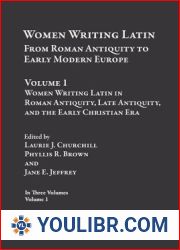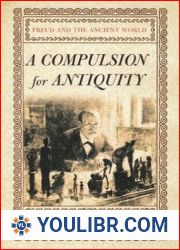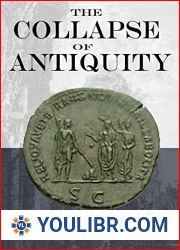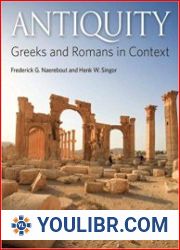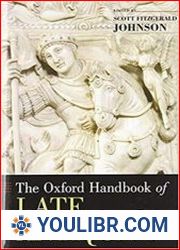
BOOKS - Who Owns Antiquity?


US $6.71

590356

590356
Who Owns Antiquity?
Author: James Cuno
Year: 2010
Format: PDF
File size: PDF 1.2 MB
Language: English
Year: 2010
Format: PDF
File size: PDF 1.2 MB
Language: English
Whether antiquities should be returned to the countries where they were found is one of the most urgent and controversial issues in the art world today and it has pitted museums private collectors and dealers against source countries archaeologists and academics Maintaining that the acquisition of undocumented antiquities by museums encourages the looting of archaeological sites countries such as Italy Greece Egypt Turkey and China have claimed ancient artifacts as state property called for their return from museums around the world and passed laws against their future export But in Who Owns Antiquity one of the world s leading museum directors vigorously challenges this nationalistic position arguing that it is damaging and often disingenuous Antiquities James Cuno argues are the cultural property of all humankind evidence of the world s ancient past and not that of a particular modern nation They comprise antiquity and antiquity knows no borders Cuno argues that nationalistic retention and reclamation policies impede common access to this common heritage and encourage a dubious and dangerous politicization of antiquities and of culture itself Antiquities need to be protected from looting but also from nationalistic identity politics To do this Cuno calls for measures to broaden rather than restrict international access to antiquities He advocates restoration of the system under which source countries would share newly discovered artifacts in exchange for archaeological help and he argues that museums should again be allowed reasonable ways to acquire undocumented antiquities Cuno explains how partage broadened access to our ancient heritage and helped create national museums in Cairo Baghdad and Kabul The first extended defense of the side of museums in the struggle over antiquities Who Owns Antiquity is sure to be as important as it is controversial Some images inside the book are unavailable due to digital copyright restrictions





























